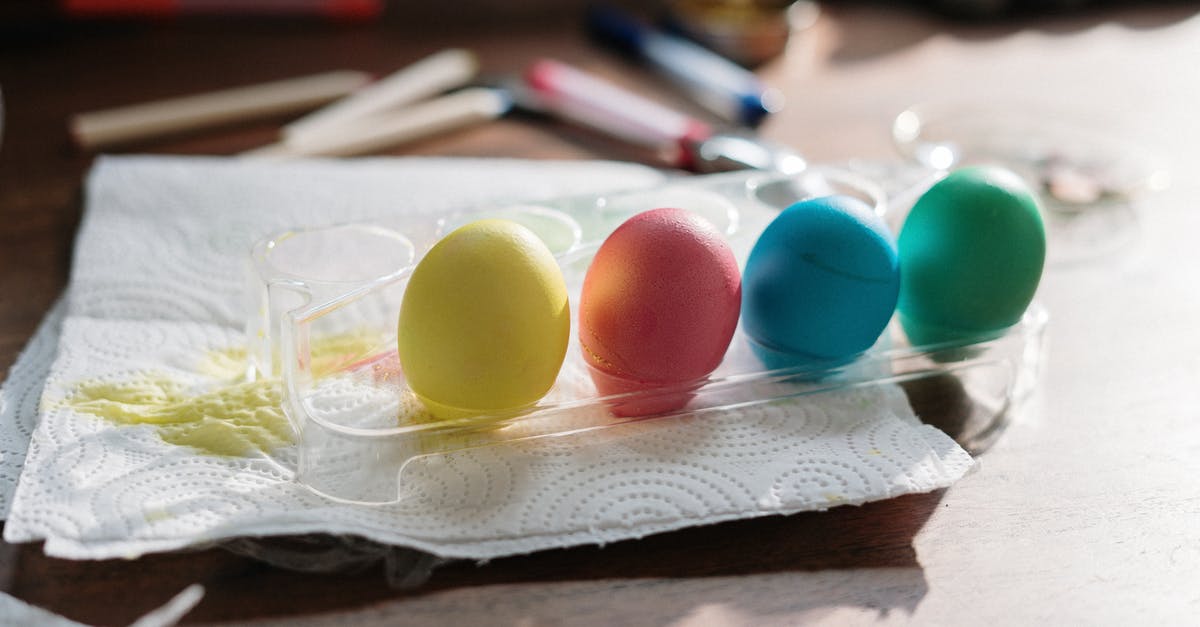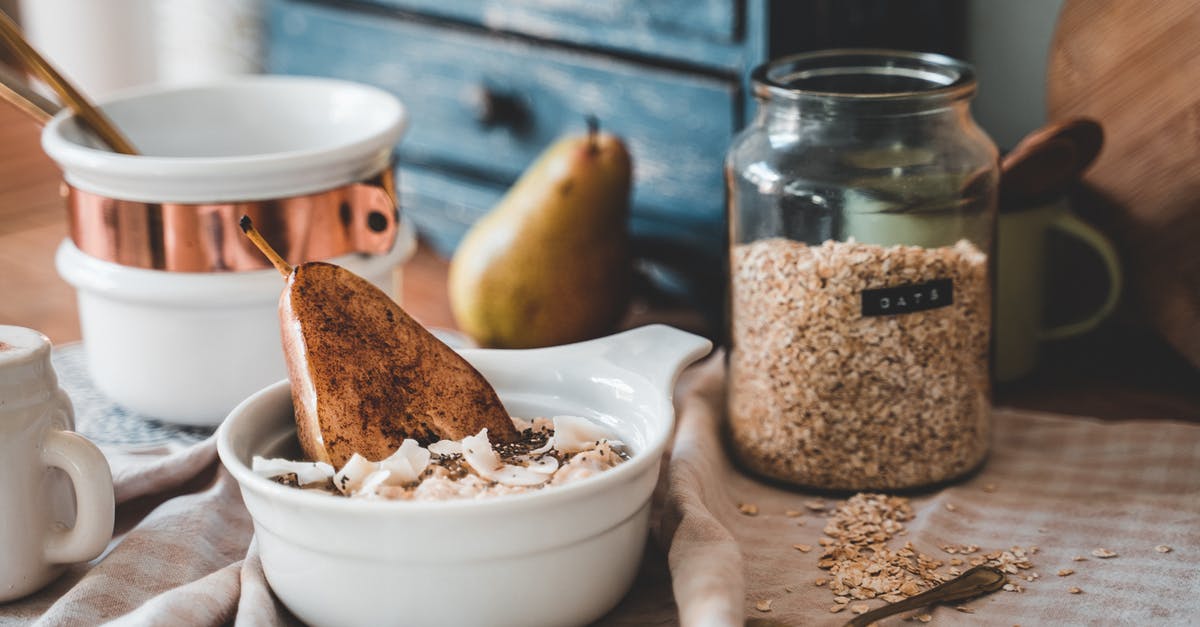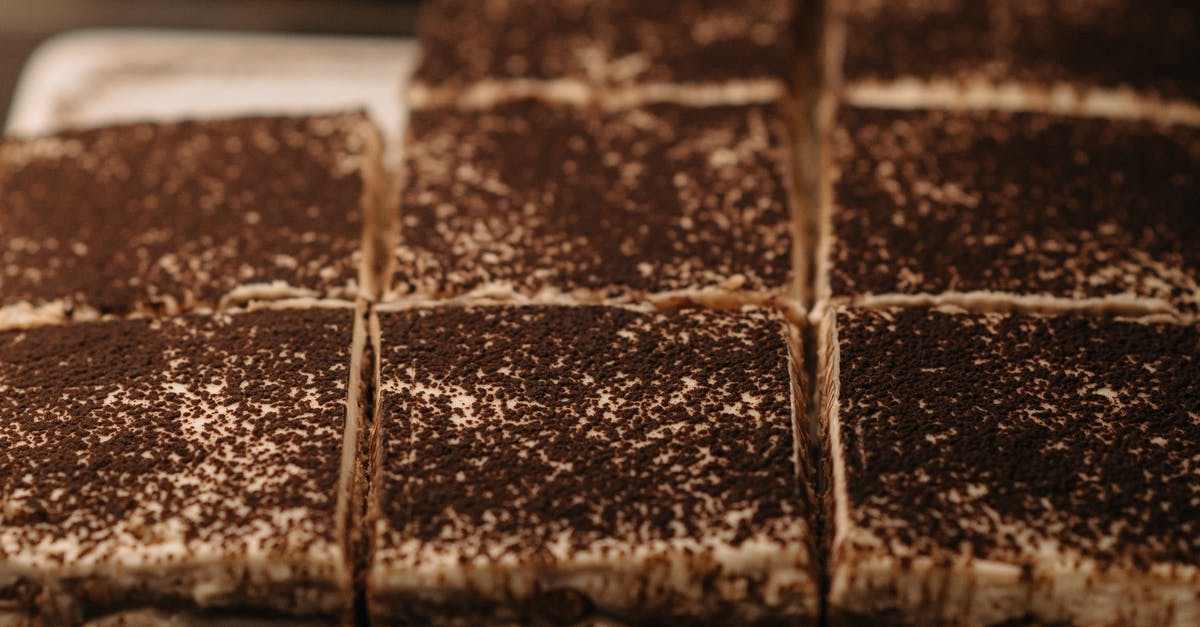What is the food chemistry of aquafaba?

Aquafaba is the water that chickpeas are cooked in. It can be made from dried chickpeas or obtained by draining a can of cooked chickpeas. Aquafaba is widely recommended as a substitute for eggs in vegan baking. It can also be used to thicken sauces.
What is the food science of aquafaba's remarkable properties?
Best Answer
Aquafaba in cooking generally refers to chickpea aquafaba, but the term generally applies to the liquid in which any legume seeds have been cooked. It contains starches and proteins which allow it to foam when whipped. I have seen aquafaba mostly used for foams in cooking, but it can serve as a replacement for egg whites in many recipes. Adding cream of tartar will greatly stabilize the foam.
Here is a scientific description of aquafaba from wikipedia.
Legume seeds, or pulses, are primarily composed of carbohydrates (starch, sugars, and fiber), proteins (albumins and globulins), and water. The carbohydrates are found in greater quantities than the proteins, while the starches consist mostly of amylose and amylopectin. A typical nutritional composition of chickpeas, is listed as 19% protein, 61% carbohydrate, 6% lipids, and 14% water. However, these amounts are approximate and can vary by variety.[22] During the process of cooking legume seeds, the starches in the seed are gelatinized, allowing the soluble parts of the seed to leach out into the cooking water. More material can be extracted from the seeds, if both the cooking temperature and pressure are increased, as well as extending the cooking period.
Whipped aquafaba
Once the legumes are cooked and filtered out, the water-soluble part left is aquafaba. Comparing the final composition of a cooked seed with a raw seed shows that under normal cooking conditions, approximately 5% of the initial dry weight has been transferred to the cooking water. The dry matter consisted mainly of carbohydrates (sugars, soluble and insoluble fibre) and protein. That ratio of soluble material is approximately the same ratio as found in the raw seed, However, fat and starch were not detected. A concentration of 5% dry weight to water is typical for aquafaba, but the solution can also be reduced to increase the concentration to 10% or more, depending on the application. This can be especially useful for applications where emulsification and viscosity are more important than foaming capabilities. The concentration can also be tailored to produce a more stable foam using less aquafaba by carefully filtering non-soluble material from the solution and adjusting the concentration to the application.
The first peer-reviewed publication using the term "aquafaba" was recently published by Martin Reaney's group at the University of Saskatchewan (Canada). In this research, they have found that chickpea aquafaba from different commercial sources produces foams that vary in both properties (volume and stability of foam) and chemical composition. 1H-NMR was used to analyze the composition of aquafaba. NMR analysis revealed that the foam contained mainly polysaccharides, sucrose and protein. Protein separations by membrane filtration followed by SDS-PAGE and peptide mass fingerprinting were used to identify aquafaba proteins contributing to foaming properties. Reaney's group research showed that most of aquafaba proteins belonged to known heat soluble proteins such as late embryogenesis abundant proteins and dehydrins. Identified proteins also included heat shock protein, defensin, histone, nonspecific lipid transfer protein and superoxide dismutase. Major storage proteins provicillin and leguminin were also present. In 2015, it was theorized that the most likely agent that caused the liquid to foam was saponins. However, the group's research has shown that aquafaba foaming property is a result of the presence of saponins, carbohydrates and protein fractions.[citation needed]
In general, the composition of aquafaba depend on: 1. processing methods (soaking, cooking and industrial dehydration), 2. conditions (pH, temperature, pressure and treatment duration), 3. genotype (Kabuli or Desi chickpeas), 4. additives, 5. protein concentration, and 6. carbohydrate type and concentration.
Pictures about "What is the food chemistry of aquafaba?"



Quick Answer about "What is the food chemistry of aquafaba?"
A study has found that the main components of aquafaba are polysaccharides, sucrose, and various proteins. Chemically, this mixture has many of the same components as egg whites, so it makes sense that it can function in many of the same ways.What is the composition of aquafaba?
Aquafaba consists of water (92\u201395%) and dry matter (5\u20138%) which includes carbohydrates (i.e. sugars, soluble and insoluble fibre), low molecular weight proteins (0.95\u20131.5% w/v; \u2264 24 kDa), saponins, and some Maillard reaction products.What is aquafaba science?
Aquafaba is rich with substances that enhance water's foaming abilities because legume seeds like chickpeas and soybeans contain albumins and globulins, the same proteins found in eggs that make them so useful in creating culinary foams.What is the nutritional value of aquafaba?
Nutrition Facts According to the website aquafaba.com, 1 tablespoon (15 ml) contains 3\u20135 calories, with less than 1% coming from protein (3). It may contain trace amounts of certain minerals like calcium and iron, but not enough to be considered a good source.Why is aquafaba a good emulsifier?
Aquafaba as an emulsifier: eggs as emulsifier are the easiest to emulate. Aquafaba has a good hydrophilic (affinity to water) \u2013 lipophilic (affinity to oil) balance, which leads to stable water-in-oil and oil-in-water emulsions.Food Science Friday - Aquafaba Whaat?
Sources: Stack Exchange - This article follows the attribution requirements of Stack Exchange and is licensed under CC BY-SA 3.0.
Images: cottonbro, cottonbro, Taryn Elliott, Pavel Danilyuk
